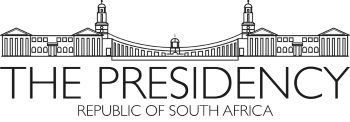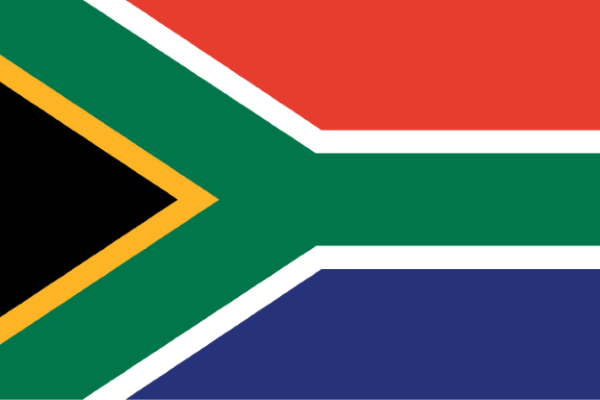The Order of Ikhamanga in Bronze

Masana Samuel “Sam” Nzima (1934 - ) Awarded for:
His excellent contribution in photo journalism and putting the brutality of apartheid police in the international spotlight.
Profile of Masana Samuel "Sam" Nzima
Mr Masana Samuel “Sam” Nzima was born on 8 August 1934 in Lillydale, a small village in Bushbuckridge. He grew up on a farm where his father worked and the family lived. When the farmer pressed Mr Nzima into farm labour, he ran away after nine months of working on the farm to Johannesburg. He found a job as a gardener in Henningham.
Mr Nzima is famous for the photograph of the young Mbuyisa Makhubu carrying a slumped and bleeding Hector Peterson away from the rioting crowd at the student protest – the Soweto Uprising – on 16 June 1976. This image depicts an emotional scene of Hector, carried by Makhubu, with Hector’s sister Antoinette Peterson right beside them.
His interest in photography developed at a very young age when one of his teachers had a camera and he was fascinated by the concept of pictures coming out of a box. He bought himself a Kodak Box Brownie. During the school holidays, he would go to the Kruger National Park and charge people to get their photographs taken by him.
In 1956, Mr Nzima was employed as a waiter at the Savoy Hotel. At the hotel, a photographer named Patrick Rikotso taught him photography skills, and Mr Nzima soon began taking portraits of workers. While later at the Chelsea Hotel, Mr Nzima started reading the Rand Daily Mail newspaper, and he became very interested in photojournalism.
While travelling, he wrote a story about taking the bus and sent it with photographs to The World, a black African daily newspaper. The editor of The World was interested in Sam Nzima’s work and requested that he work as a freelancer for the paper. In 1968, Mr Nzima was invited to join the paper as a full-time photojournalist. However, he started concentrating more on his photography and less on writing as the pressure of writing and photographing for a daily newspaper started to weigh him down.
When Mr Nzima took the photograph of Hector Peterson, he was still working for The World and was covering the students strike for the paper. Subsequently, the newspaper published the photograph taken during the riots.
Towards the end of 1976, the South African Security Police started targeting and going after students and journalists, as well as photographers, who had been at the June 16 Uprising and this carried on into 1977. He was also affected by this stance on journalists and students, and decided to return to Lillydale.
There he set up a bottle store, as some form of diversion. But soon, a member of the security branch from Nelspruit came to his bottle store and told him that they knew what he had done.
He was told that he was not allowed to leave his home for any reason and if he did he would be arrested. To ensure that he complied, the police checked up on him every Friday for three months.
When The World was closed down by the Government in 1978, the Rand Daily Mail and The Star newspapers requested Mr Nzima to work for them. However, fearing for his life, Mr Nzima turned down their offers. In 1979, Homeland Chief Minister Hudson Ntswanisi of the Gazankulu Bantustan offered him a job at the legislative assembly.
Mr Nzima faced many years of torment while trying to publish the most famous of his pictures, the Hector Peterson image. He lives in Lillydale, where he runs a photography school. He has served on the councils of the Lillydale municipality and of the Bohlabela District in Limpopo.
It took 22 years for Mr Nzima to receive the copyright for the photograph and was assisted by a legal firm after a lengthy battle. He receives this award in recognition of his excellent contribution to photojournalism and putting the brutality of the apartheid police in the international spotlight. We are proud to honour Mr Masana Samuel “Sam” Nzima with the Order of Ikhamanga in Bronze for his contribution to the field of photojournalism




